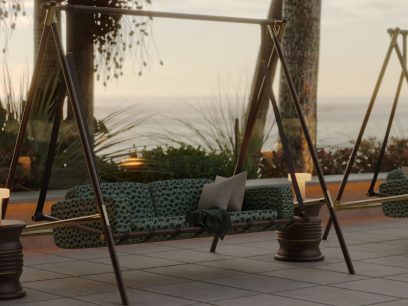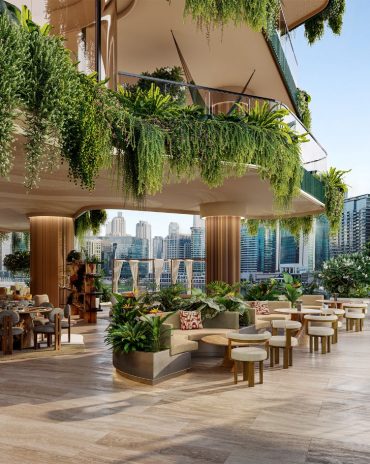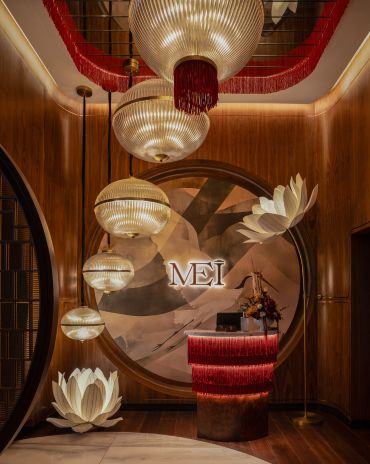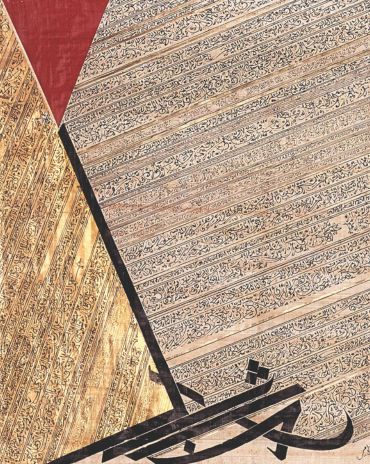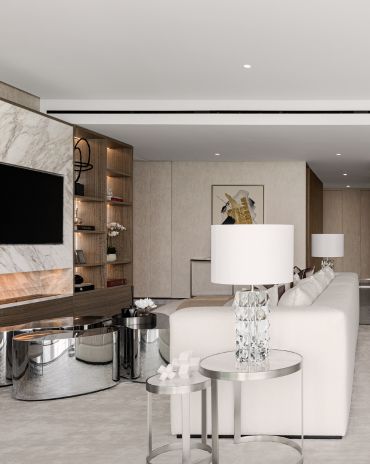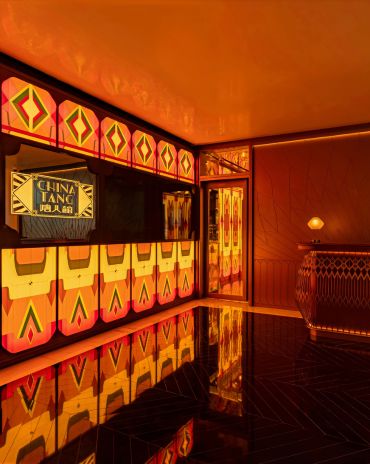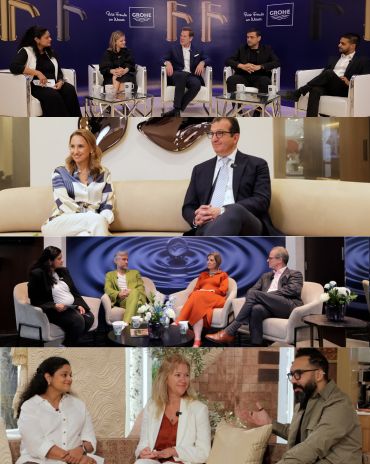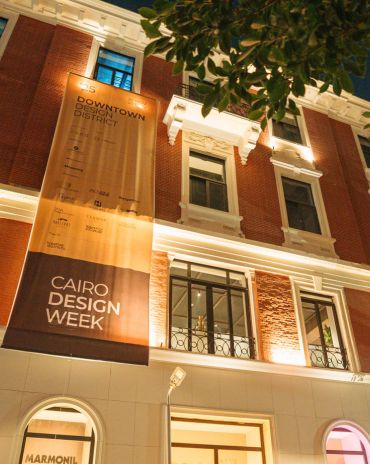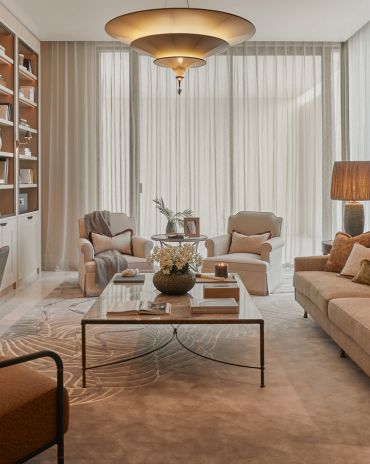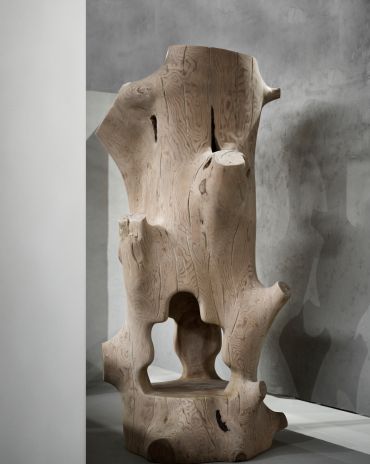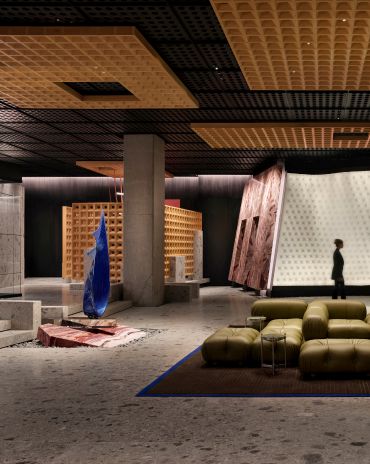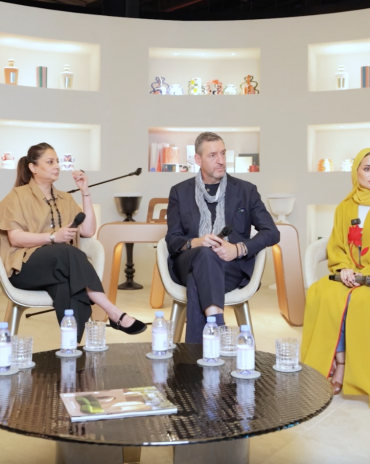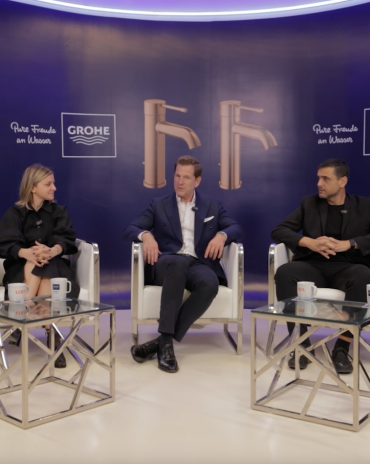Copyright © 2025 Motivate Media Group. All rights reserved.
Bridging the Past, Present and Future
Ignacio Gomez, Global Design Principal at Aedas reflects on the firm’s two decades in the Middle East
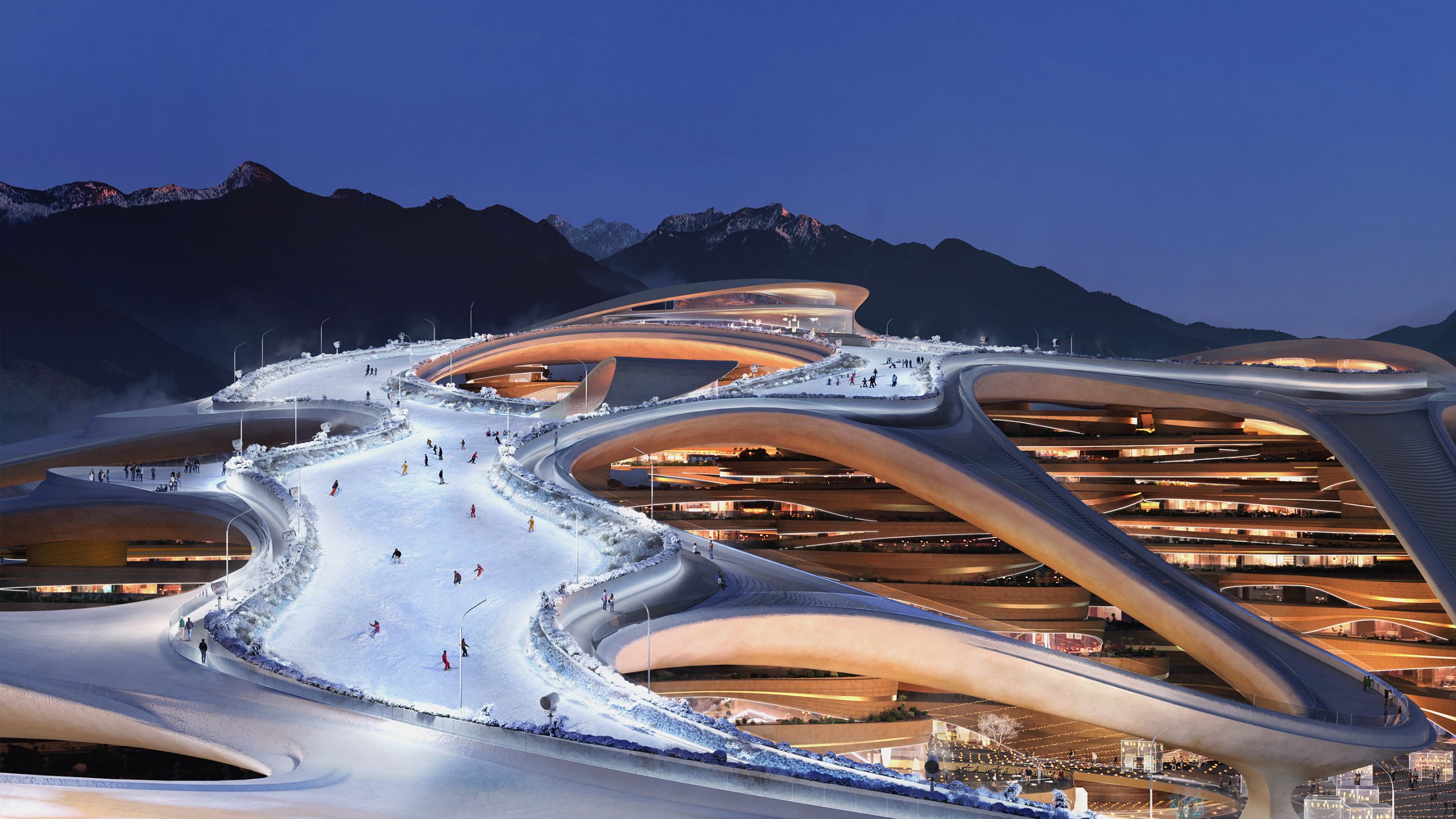
In this region, where both tradition and the course of transformation run deep, the approach to architecture takes a different shape. It needs to be culturally resonant and result in design that keeps its finger on the pulse of rapid revolution and current trends. Here, Ignacio Gomez, Global Design Principal at Aedas shares what’s equally important – the human dimension and the firm’s belief in people, mentorship and architecture’s presence as a social act. We dive into what sets Aedas’ work apart in the region and how the company creates spaces not just to be inhabited but also inherited.
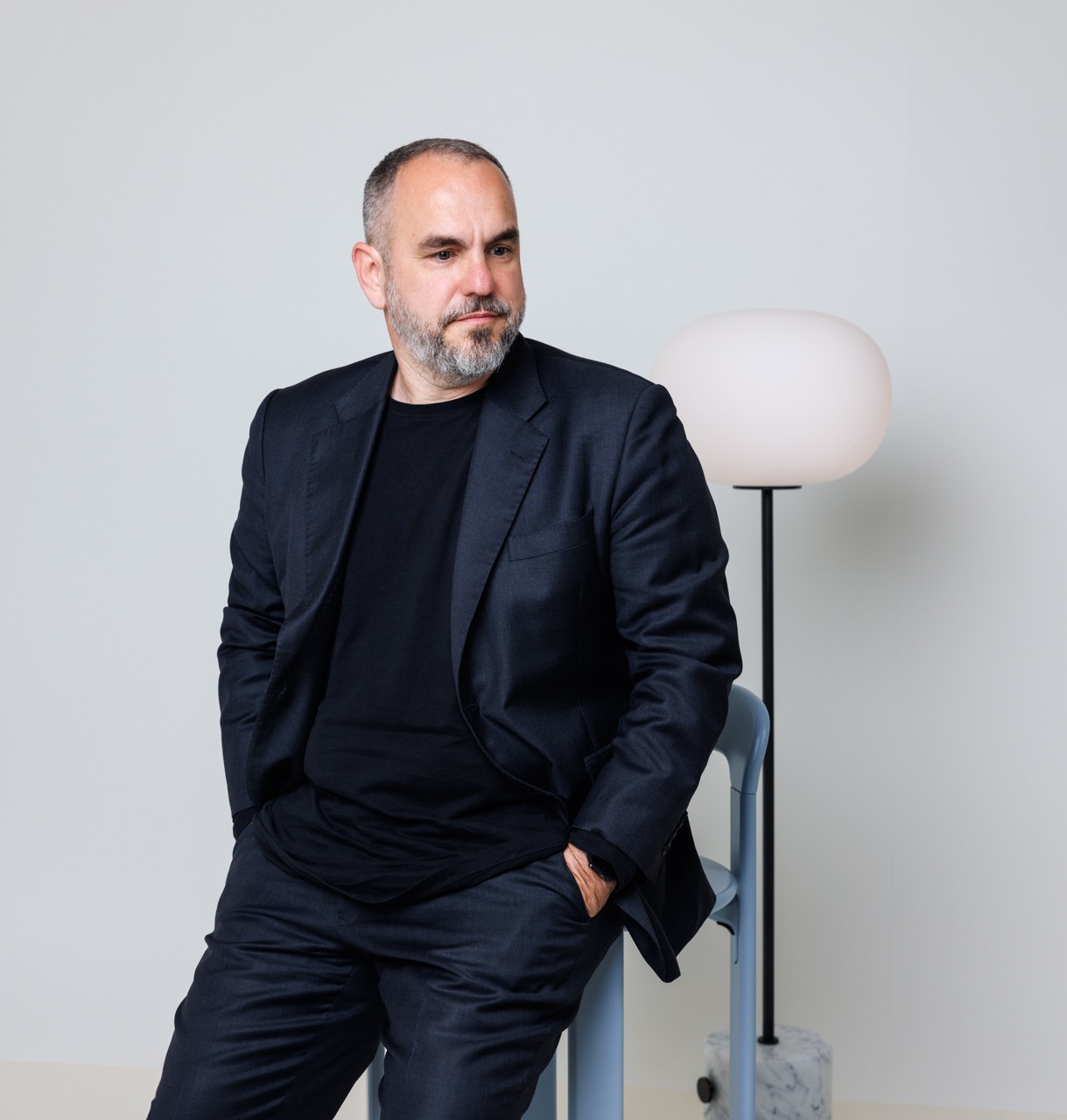
“After nearly two decades in the Middle East, one truth has become inescapable: architecture here is deeply tied to time – not just history, but urgency,” shares Gomez. As we continue to keep up pace in developments in both sustainability and technology, time is the ultimate currency. “As the Arab proverb says: ‘Time is like a sword – if you don’t cut it, it will cut you.’ The urgency of now – the pressure to shape something meaningful and lasting – is very real. And yet, the path forward isn’t just about invention. It’s about reflection,” he shares. When asked what philosophies guide the design process of his team, Gomez shares that they have several ‘mantras’ they abide by. The first is ‘Never assume. Never settle.’ “Start each project like you know nothing. No ego, no preconceptions. Let the site, the people, the problem guide you,” he shares. The second is ‘Speed is more.’ “Not to rush, but to stay nimble,” Gomez clarifies. “Time is the ultimate constraint in this region – how we use it defines everything else.” The third one is that ‘The project is more important than the architect.’ “The goal is to make something that serves – not something that glorifies,” he says.
The firm’s first project in the region was a landmark: designing the Dubai Metro stations. “The Dubai Metro was the first large-scale public infrastructure of its kind in the region, and it opened up conversations not just about mobility, but about inclusion, sustainability and what a modern Arab city could look like,” shares Gomez. Eventually, the firm’s trajectory expanded into high-density and high-rise developments that now help define skylines. “But the DNA of our practice – public-first, future-oriented – was forged in that very first commission,” he adds.
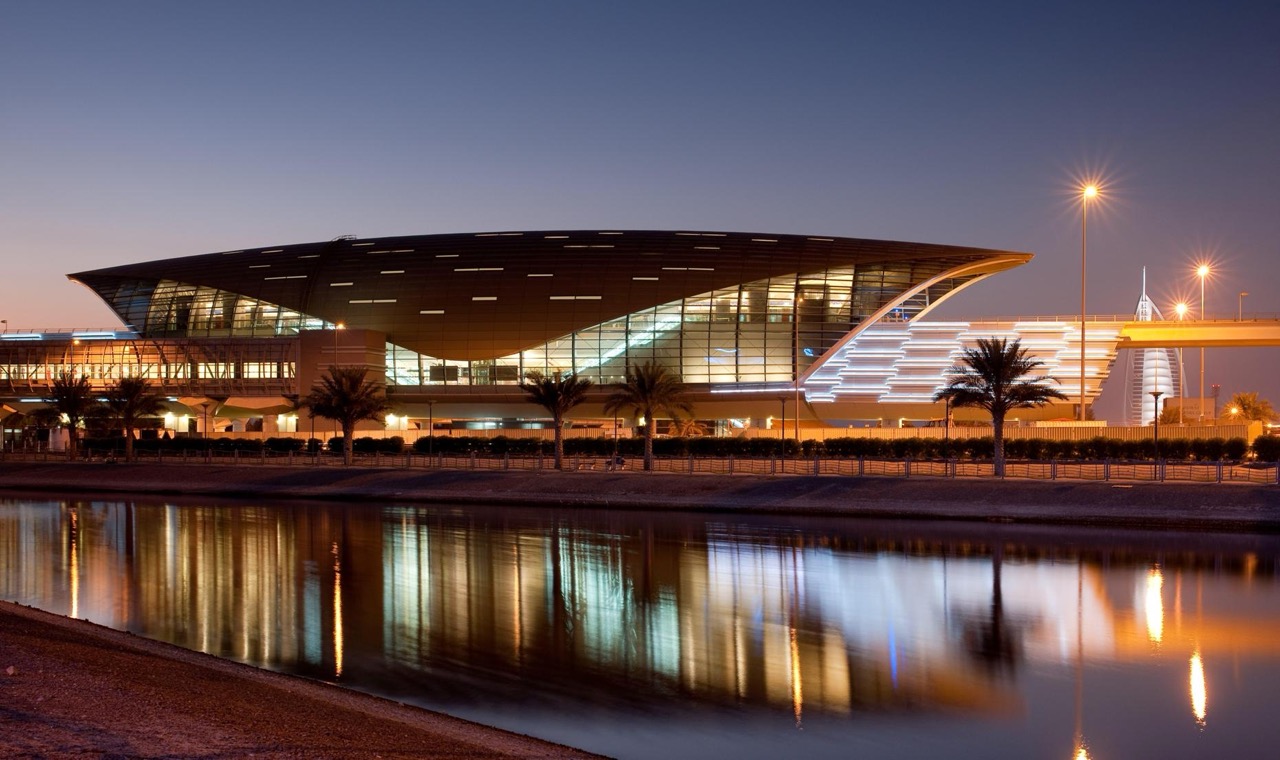
Aedas’ first project in the region was designing the Dubai metro station
The Past as Prologue
Keeping this in mind, designing for a future we may not yet know cannot reflect what foreign solutions are for the Middle East. “The past and the future are not opposites; they are entangled, like in a quantum relationship – hard to explain, impossible to separate. Our role as architects is to navigate these threads, using the present as a bridge between them,” shares Gomez. “At Aedas, we design with this timeline in mind. The past informs the future. The future reshapes how we engage with the present.” He cites projects like Trojena, a year-round mountain master destination in NEOM, and Magna, a coastline project on the Gulf of Aqaba as examples. “Projects like Trojena and Magna are attempts to create ‘relics of the near future’ – spaces that hold memory, ambition and clarity.” Such spaces possess strong narratives and equally strong ambition. “These are not just architectural challenges; they are temporal experiments,” he shares. The projects offer a chance to test ideas and shape the possibilities of what life could be.
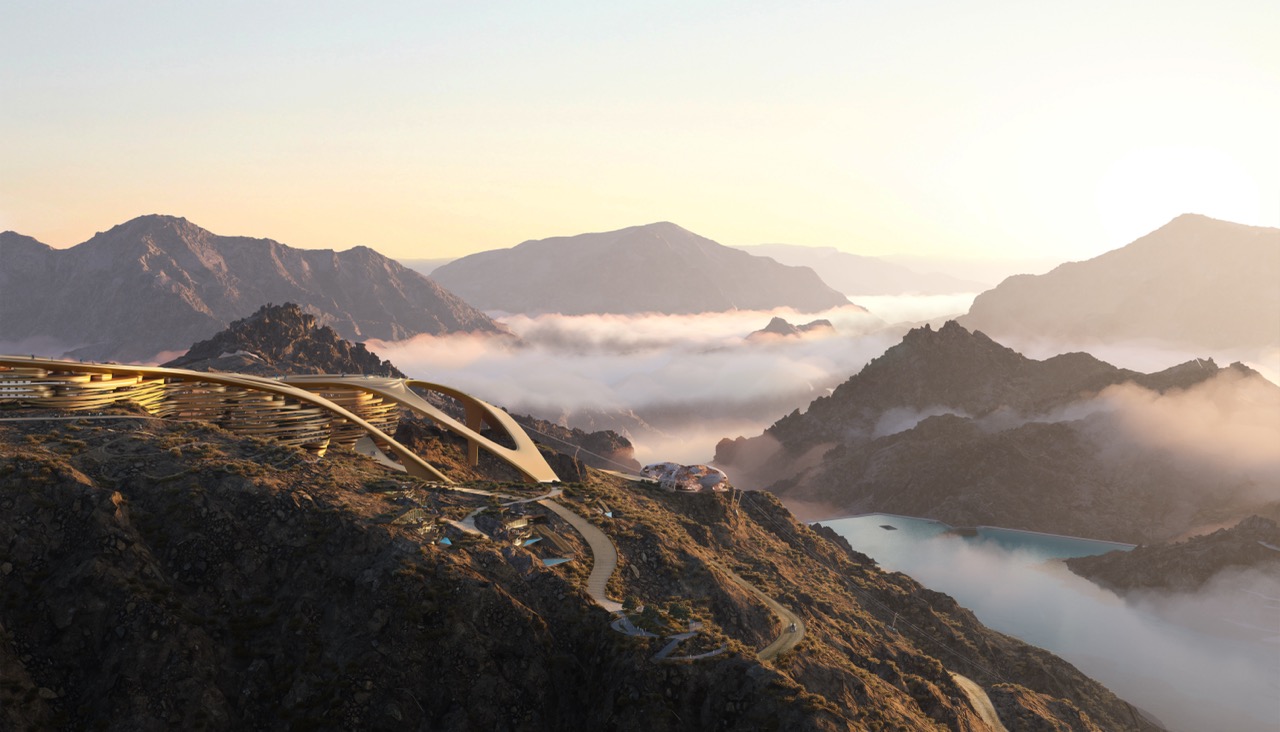
The Trojena Ski Village in NEOM, Kingdom of Saudi Arabia will be the Gulf Region’s first ever outdoor ski resort
Gomez also observes that the vernacular architecture of Saudi Arabia, like Al-Balad in Jeddah or At-Turaif in Riyadh, makes one feel like looking into the future as opposed to the past. “Those traditional designs weren’t just beautiful; they were incredibly resourceful. Mud bricks dried by the sun, rooms sized by the span of local timber, materials reused across different applications – from palm leaves to trunks. There was an elegance in those constraints. A sustainability that was instinctive, not performative,” he shares.
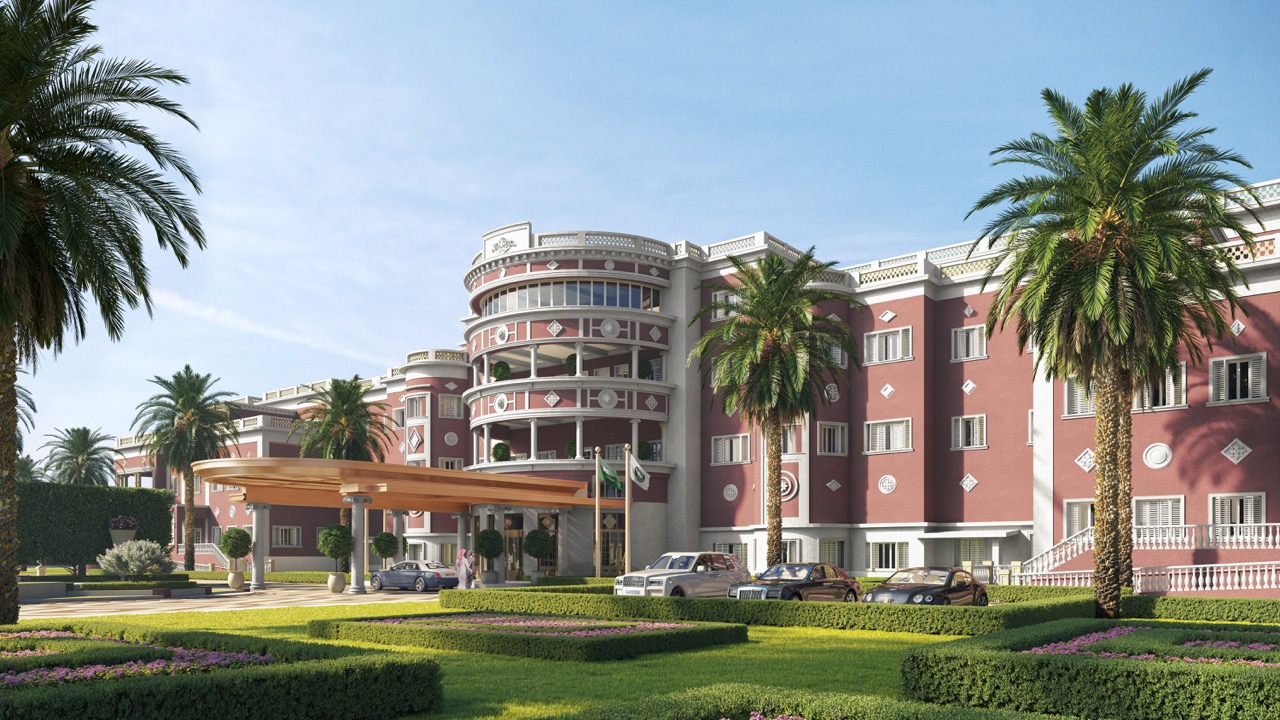
Aedas has also recently completed The Red Palace Boutique Hotel in Saudi Arabia – the firm has preserved the palace’s historical essence while introducing modern amenities and design elements
to create an immersive experience for guests
Transcending Time
Despite evolving technologies and urban pressures, Gomez believes some principles in design remain constant. “First, the human body hasn’t changed in thousands of years. Our spatial needs, our reactions to light, shade, warmth, movement – they remain rooted in our biology. If architecture doesn’t respond to that, it has missed its most basic duty. The second: place. Climate, geography, context. Architecture must be a negotiation between humans and the site. If it doesn’t mediate that relationship with care and clarity, it’s just a product,” he states.
Gomez often asks his team during design reviews whether they would bring the person they love the most into the space. “If the answer is no, we go back to the drawing board. That’s the test. If it can’t hold the people you care for, it’s not ready for anyone else either,” he shares.
Navigating the Present
The present is the hardest to design for, admits Gomez. Constantly changing geo-political climates, shifting expectations and costs; not to mention time. “A meaningful design might demand more upfront, but it creates better performance, more longevity, more relevance. That’s the trade-off we advocate for – from day one,” he says. Aedas works closely in collaboration with local developers, city planners and cultural advisors to build projects that belong to the region in a multitude of ways that reflect real habits, not imported fantasies, which plenty of other architects in the region that have been guilty of in the past. “Design is not just about innovation. It’s about resonance. If a building doesn’t feel like it could only exist in that place, it hasn’t truly succeeded,” Gomez states.
A New Urban Order – AI and its Potential Impact
While current conversations are being had around design and productivity for AI, Gomez believes that the real disruption the technology will lead to will be urban. For example, autonomous vehicles are rapidly becoming a reality and will affect how cities are organised. He envisions reclaiming thousands of square metres currently devoted to parked cars – space that could return to nature, to people and to public life. “When ownership becomes obsolete, when transportation becomes a shared service, we can redesign cities around presence, not absence,” he observes.
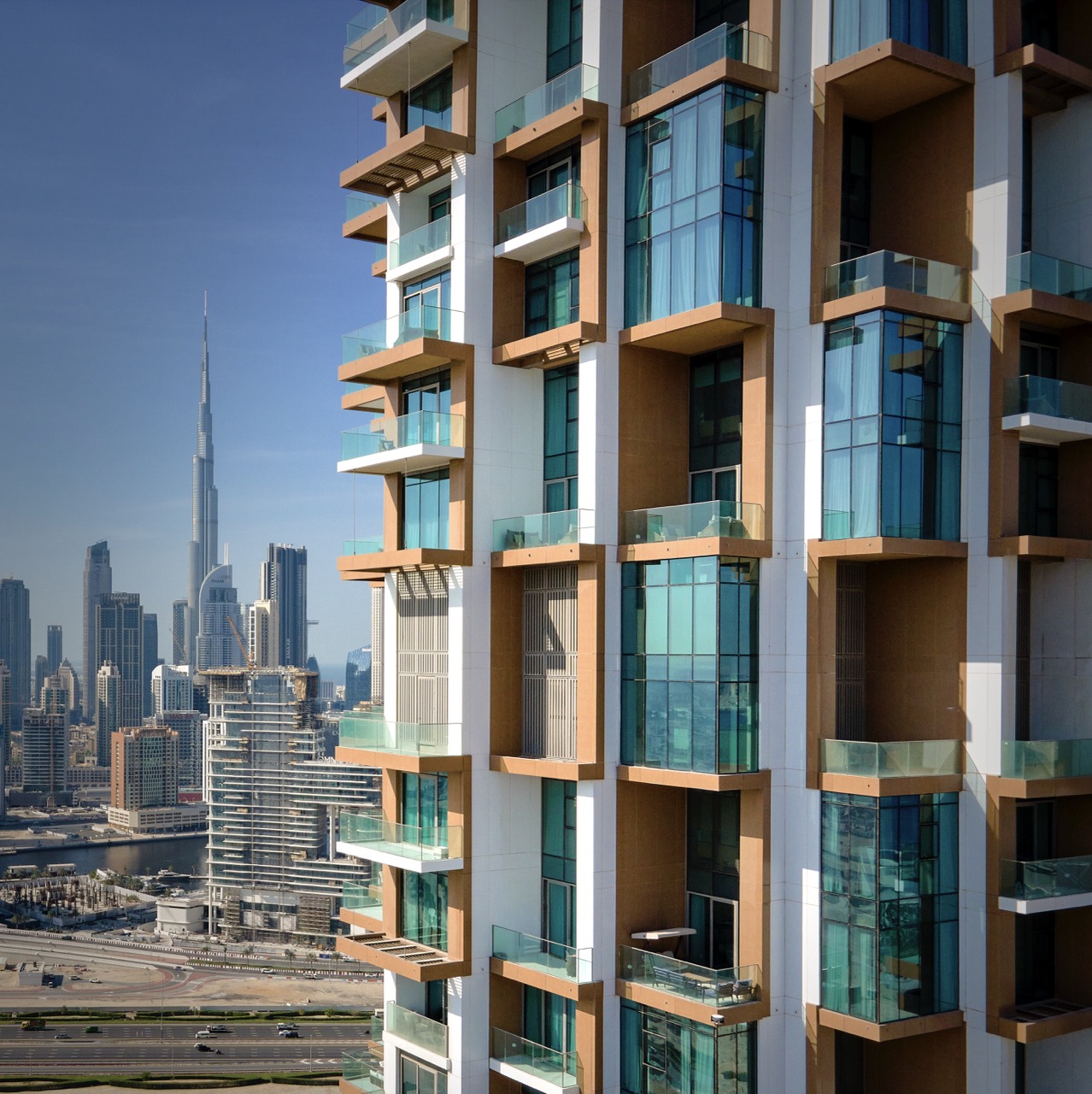
SLS Dubai Hotel & Residences
People – A Firm First
In line with his narrative on how people are central to the projects Aedas undertakes, Gomez also notes that the firm’s most enduring contribution to the region has been through its people. Over time the firm has placed an unwavering emphasis on mentorship. “Many of the architects who began with us as interns – like Khadije Hamad, Lama Al-Kharboush, Nada Eleman, Hadia Hanan, Agha Pasha Musakhanov and André Valdez – are now leading projects, shaping narratives and serving as directors within the practice,” shares Gomez with pride. “Their growth has been both professional and personal, and seeing that evolution has been one of the most meaningful parts of our journey.” The firm also supports the development of women in architecture and is committed to mentoring new talents.
Through a lens of time, place and purpose, Aedas’ approach towards architecture becomes both mirror and map: honouring the past, responding to the present, and projecting forward with intention.
The Latest
How Eywa’s design execution is both challenging and exceptional
Mihir Sanganee, Chief Strategy Officer and Co-Founder at Designsmith shares the journey behind shaping the interior fitout of this regenerative design project
Design Take: MEI by 4SPACE
Where heritage meets modern design.
The Choreographer of Letters
Taking place at the Bassam Freiha Art Foundation until 25 January 2026, this landmark exhibition features Nja Mahdaoui, one of the most influential figures in Arab modern art
A Home Away from Home
This home, designed by Blush International at the Atlantis The Royal Residences, perfectly balances practicality and beauty
Design Take: China Tang Dubai
Heritage aesthetics redefined through scale, texture, and vision.
Dubai Design Week: A Retrospective
The identity team were actively involved in Dubai Design Week and Downtown Design, capturing collaborations and taking part in key dialogues with the industry. Here’s an overview.
Highlights of Cairo Design Week 2025
Art, architecture, and culture shaped up this year's Cairo Design Week.
A Modern Haven
Sophie Paterson Interiors brings a refined, contemporary sensibility to a family home in Oman, blending soft luxury with subtle nods to local heritage
Past Reveals Future
Maison&Objet Paris returns from 15 to 19 January 2026 under the banner of excellence and savoir-faire
Sensory Design
Designed by Wangan Studio, this avant-garde space, dedicated to care, feels like a contemporary art gallery
Winner’s Panel with IF Hub
identity gathered for a conversation on 'The Art of Design - Curation and Storytelling'.
Building Spaces That Endure
identity hosted a panel in collaboration with GROHE.

